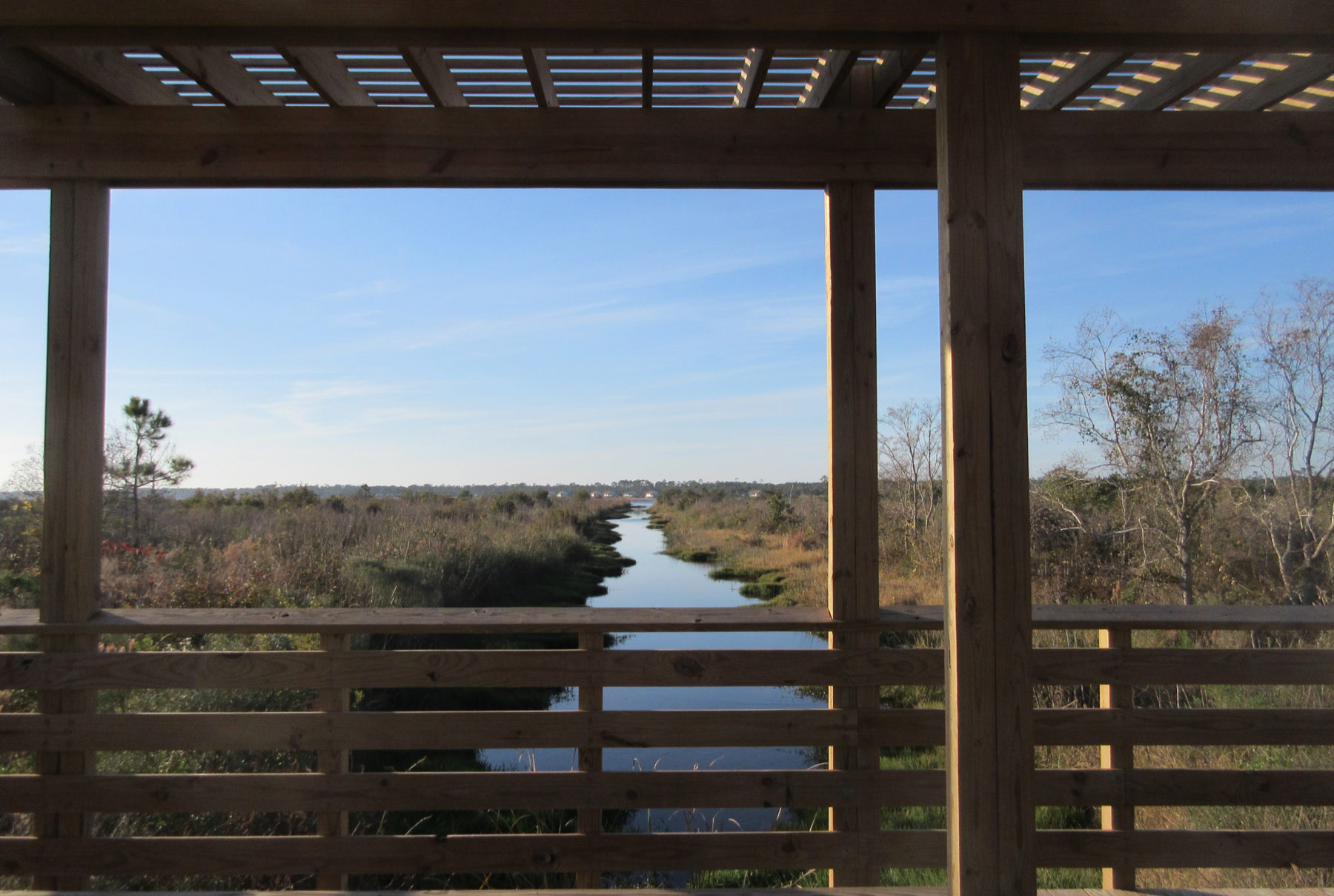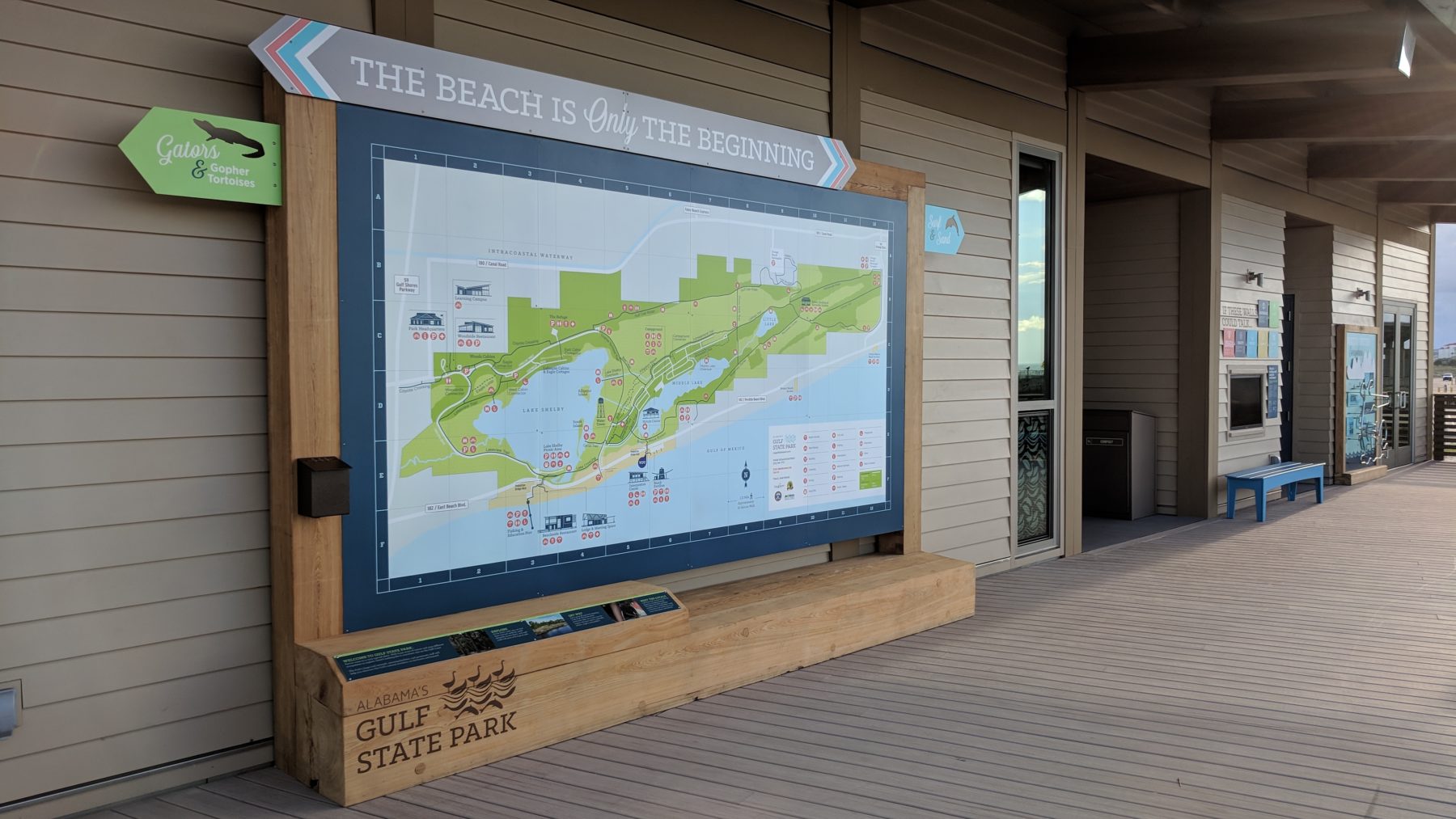Bonnet Springs Park to be a New Central Park for Lakeland, FL
"Great cities have a great park." Creating a special public place out of underutilized, industrial land for the whole Lakeland, Florida community to enjoy
 Sasaki
Sasaki

For the past four years, Sasaki has been working with the University of Alabama on behalf of the Alabama Department of Conservation and Natural Resources on Gulf State Park. Sasaki led the master plan, developed a new brand identity for the park, and was responsible for landscape design for several of the new buildings, including the Lodge, Interpretive Center, and Learning Campus. The first phase of the project is now nearing completion.
This is the third in a series of posts on Gulf State Park. You can read the earlier posts here: A New Model for Resilient Coastal Parks and Park Enhancements Shift Perceptions of Alabama.
For the conversation below, Jill Allen Dixon, AICP, project manager and senior planner for the team, caught up with Matt Leavell, the Director of Design and Planning for the University of Alabama team. Their conversation focused on the importance of dreaming big in order to maximize a project’s long-term potential, how a master plan can support implementation, and more.
Responses have been edited for clarity.
Gulf State Park will be an international benchmark for environmental and economic sustainability demonstrating best practices for outdoor recreation, education, and hospitable accommodations.
Jill Allen Dixon (JAD): Start by telling us about the story behind the vision for Gulf State Park to become “an international benchmark for economic and environmental sustainability, demonstrating best practices for outdoor recreation, education, and hospitable accommodations.” What inspired you and your team to set such a bold vision for the project?
Matt Leavell (ML): My team has been on the project for about six years, but prior to that, there was a lot of work being done by state officials to secure funding from a settlement related to the 2010 BP oil spill. Through that process, they had established a building program and did some preliminary work to understand what the park needed. The building program included 5 elements—dune restoration, new trails, a Lodge with meeting space, an Interpretive Center, and a Learning Campus. When we got involved in the project, we took a step back and analyzed the five program elements they had identified, benchmarking them against comparable projects from around the world. As we solidified our recommendations on an implementation process, we kept feeling that this place was incredibly special and it had the potential to be so much more than these five discrete elements.
We saw it was necessary to develop a vision statement for what the park could be to expand on the potential of these five elements and fully maximize the economic and environmental potential of this project for the community, region, and the state. So, we wrote the vision statement and said, “This is what we think could happen.”

JAD: We can see how the vision really did guide the master plan and the resulting improvements. We appreciated having the vision statement as a clear guide for decision-making throughout the planning process. On that note, what did the Sasaki team bring to light during the master plan process that was especially helpful?
ML: The Sasaki team’s ability to listen and process what people are saying and distill those into ideas that are relevant to the vision statement was really crucial in creating an accessible master plan. From the beginning, your team saw that community engagement was going to be a critical aspect of this project. Beyond that, you assembled the right team and stayed focused on our goals. We all had an eye on this thing actually happening and it was clear that we were aligned towards it, which allowed us to work through a lot of complicated moments and to trust each other.
JAD: Can you think of a time when the master plan helped overcome challenges during implementation?
ML: In a sense, it really served as a safeguard for the vision we had crafted for the park. A lot of that has to do with pre-emptively asking serious questions that you might end up dealing with later in the implementation process. We knew, for example, that building the Interpretive Center within the Living Building Challenge guidelines was going to be a complicated process outside the comfort zone for a lot of construction managers as well as the community—which is understandable, as there are only a few such buildings in the whole country.
And, in the midst of tight schedules and budgets, there were moments when we thought “maybe we can simplify this, maybe we can explore a softer version of certification.” But we quickly returned to the due diligence we’d already done, as a reminder of the environmental and economic benefits of the project. Because we’d already worked hard to reinforce the vision, we knew that if we started to compromise on elements, such as the Living Building Challenge certification, we would whittle away at the power of the master plan. It really kept us on track, and now of course we’re incredibly proud of the work.

JAD: That’s a perfect segue to my next question: what would you say the outcomes of the master plan have been so far? What have you been seeing economically, environmentally, and in regards to the visitor experience?
ML: The easiest things to point to are the things that we built. The lodge, the learning campus, the completion of the trail network, and the dune restoration were all part of that master plan. But the impact goes far beyond that. They are accelerating a culture shift in the community that was already beginning, with a growing respect for sustainability and stewardship. The master plan also placed an emphasis on mobility and connectivity that was not part of the original scope. All told, those elements have a big impact on not only the success of the park but of the entire region.
JAD: What’s your favorite aspect of the project?
ML: Well, my favorite aspect is a more personal one. I have two sons, and now seeing them enjoy the park and the Interpretive Center is just one of the most amazing things in the world. I think what this project can do for the people of Alabama is remarkable. There are a lot of amazing things in Alabama but now there is this project that was specifically developed to support environmental and economic sustainability. These buildings provide Alabamians with in-state examples of the importance of these efforts. A part of the project intent was to be aspirational and recognize that we are only limited by ourselves, and just because we might not have the monetary resources that other states have, and just because we feel like we have the burden of history, doesn’t mean that we shouldn’t try to do the kinds of things that we can be really proud of. I hope that’s what this park continues to demonstrate—something really positive and aspirational.

JAD: What have you been hearing from park visitors about the enhancements?
ML: What I hear most often is how much people love the trails. Everything about them: they love being able to get around, they love being able to connect with nature. I mean, I’ve heard multiple stories about people coming here just because of the trails. And what I love about that is that people are starting to take ownership of this place because they’re really happy with how things have shaped up. Their perceptions of what Alabama is, and what it can be, are changing. I don’t think we pictured that as a project goal in the beginning, but I sure am proud to have played a role in a project that has that kind of impact.
JAD: What advice would you have for others that might be embarking on a significant park project?
ML: I would say don’t underestimate the power of a strong vision statement, and don’t underestimate the power of being positive when talking about opportunity. You know, a master plan in a lot of places is largely defined by the boundaries and the questions that you put out there in the very beginning. If you begin by limiting yourself then you’ll never achieve anything that’s really essential—what opportunities are you leaving out just by trying to limit the discussion? I think that it’s about making sure that the vision that you’re putting out there is even bigger than what you think it can be.

"Great cities have a great park." Creating a special public place out of underutilized, industrial land for the whole Lakeland, Florida community to enjoy
“Environmental leader” has not been a phrase many would use to describe Alabama. Now, thanks to Sasaki's work on Gulf State Park, it will.